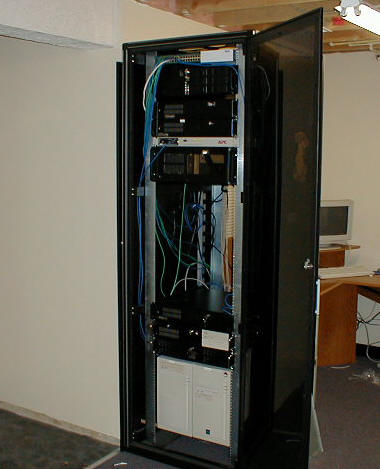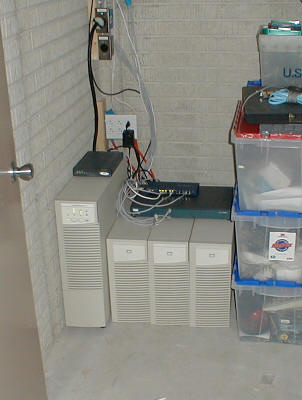Alpha 3 of Wolverine has been released. This version contains RADIUS support for authenticating PPTP users against any RADIUS server that can deal with PAP, CHAP or MSCHAPv2 requests. If you plan to upgrade to this release, please read the following:
- Alpha 3 of Wolverine has been released and contains RADIUS support for authenticating PPTP tunnel users. The initial release of Alpha 3 ONLY supports radius. Additional support will be developed for local users and TACACS (Cisco authentication).
- I have disappeared for a couple weeks to write "CLAD" - the Coyote Linux Authentication Daemon. While it was originally intended to be a daemon it is currently simply a shared library... its purpose is similar to PAM, but is more specific to user authentication in a system like Wolverine.
- The addition of CLAD to Wolverine allows for user authentication against any RADIUS server that can talk PAP, CHAP, or MSCHAPv2. I have heavily modified PPPd 2.4.1 to make it use CLAD to authenticate incoming PPP connection and the CLAD library was written in Borland Kylix.
- As MSCHAPv2 is fully supported, this also allows MPPE40 and MPPE128 based encryption. Note that you will also need a Radius server that is capable of supporting MSCHAPv2 reponses. I am currently using this functionality against Microsoft's IAS service to provide Windows 2000 ADSI domain integration for Wolverine VPN services. Other Radius servers that should work (that I know of, I am sure there are more) would be Funk Steel Belted Radius and the FreeRadius project.
- To my knowledge (and Google's it would seem) this is the first time that PoPToP + PPPd + RADIUS with MSCHAPv2+MPPE128 has been implemented on Linux and as such, I may make this a sourceforge project of its own. I was able to find dozens of requests for this, but was unable to find an actual implementation - so I wrote one.
- As a final note, the heavily modified PPPd has not been tested to determine if I broke client functionality... PPPoE support is very likely to have been stomped all over. It also is now dependent on a library called libcladradius.so that can be found in the /lib directory of a Wolverine server.
If anyone would like the development source for the work being done, it is openly available, I simply haven't posted it to the Coyote down sites yet because it is still changing at a very rapid rate and it not what I would consider production-class. If you would like any or all portions of the work being done, just let me know.




